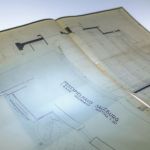
1 – 31 August
The extended Festival Hall by Clemens Holzmeister had already aroused Goebbel’s displeasure in 1938.
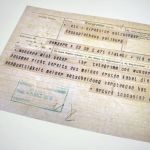
23 July – 31 August
In February and March 1938, things happened thick and fast. Just a few days after the meeting between Federal Chancellor Schuschnigg and Adolf Hitler and the signing of the Berchtesgaden Agreement, which assured the Nazis far-reaching political influence in Austria, Arturo Toscanini cancelled his appearances at the Salzburg Festival.
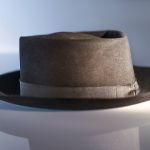
24 July – 31 August
Arturo Toscanini already called for the building of a new festival theatre in 1936, while those in charge of the Salzburg Festival supported another reconstruction of the existing Festival Hall by Clemens Holzmeister.
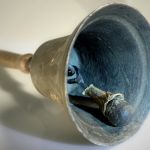
25 July – 31 August
With Arturo Toscanini – besides Max Reinhardt – a second star stepped onto the Festival stage and threatened to replace the Festival founder in the top rank of international and local attention.
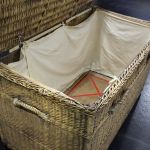
27 July – 1 September
Besides Bruno Walter, now Arturo Toscanini was dominating the musical repertoire of the Salzburg Festival.

29 July – 2 September
While Nazi acts of terrorism were already causing Austria to hold its breath and propaganda actions disrupted the opening of the Festival in 1933, the diary notes of Festival President Baron Puthon document the more dramatic developments of the year 1934.
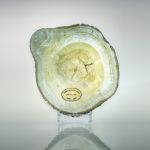
28 July – 31 August
Hitler’s seizure of power in Germany reverberated not only with political but also economic consequences: the 1,000-mark limit imposed on Austria by the German Government led to a huge slump in the number of visitors from Germany.
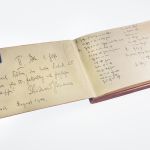
30 July – 31 August
The programme in 1932 clearly documents the growing dominance of music theatre over straight drama. The Festival had sensational success with Carl Maria von Weber’s Oberon under Bruno Walter and Richard Strauss’s Die Frau ohne Schatten. After an absence of several years, Strauss conducted once again in Salzburg in 1932.
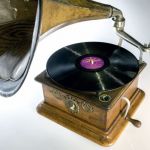
25 July – 31 August
For the first time, in 1931, a Salzburg Festival performance was broadcast overseas via long-distance cable. Listeners to no fewer than 83 stations of the American Columbia Broadcasting Company and 133 European radio stations could enjoy Rossini’s Il barbiere di Siviglia – a ‘guest performance’ of La Scala Milan – in a broadcast from the Festival Hall.
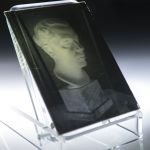
1 – 31 August
The Salzburg Festival celebrated its tenth anniversary in 1930 with numerous events. Apart from his commitment for the Festival, Governor Franz Rehrl also backed Max Reinhardt without reservation; Reinhardt was exposed to more and more anti-Semitic hostility and stayed for longer periods in America.
1930s
The Salzburg Festival had become the cultural hub attracting the best stage directors and conductors, actors, actresses and singers of their era – names like Bruno Walter, Clemens Krauss and Fritz Busch, Lothar Wallerstein and Rudolf Hartmann, Alexander Moissi, Werner Krauss and Helene Thimig, Lotte Lehmann, Richard Mayr, Helge Roswaenge and Richard Tauber are inseparably linked to the founding years of the Festival. But the climax of the Great Depression and Hitler’s seizure of power in Germany in 1933 threatened a new phase of adversity.
The implementation of the 1,000-mark limit meant that many German Festival visitors stayed away, which nonetheless could soon be compensated for by increasing numbers of visitors from other European countries and the USA. Furthermore, the Reich Government of Germany tried to prevent prominent artists appearing in Salzburg.
In this tense atmosphere, Max Reinhardt succeeded in writing Festival history yet again with his Faust production in the Felsenreitschule/Summer Riding School. From 1934 onwards, Arturo Toscanini created furore as well and attracted more of the international public. In summer 1937, Salzburg was one last time a ‘place of pilgrimage for the arts in Europe’ (Stefan Zweig).
The ‘Anschluss’ (annexation) in March 1938 saw the Nazis succeeding in their long prepared ambition of uniting Austria with the ‘Third Reich’. This led as well to the climax of political cleansing, enforced conformity in terms of Nazi ideology, and the persecution of the Jewish population. Many artists who had dominated the Festival in previous years – including Max Reinhardt, Bruno Walter and Arturo Toscanini – were no longer permitted (or did not wish) to perform here. The works of the Festival founder Hugo von Hofmannsthal, first and foremost Jedermann/Everyman – but not the Strauss operas with Hofmannsthal’s libretti – were likewise banned from the programme as was Reinhardt’s Faust, which was replaced with Egmont. The musical programme was retained for the most part, but differed in being cast anew. The most prominent example was Karl Böhm, who celebrated his début in Salzburg with Don Giovanni in 1938.
Nevertheless, Salzburg was no longer the stage for an international public. In order to replace the foreign guests, who were mainly absent, thousands of Germans in the ‘Kraft durch Freude’ (‘Strength through Joy’) programme were brought to the Festival. The Festival Hall extension planned by Clemens Holzmeister in 1937 was adapted by the Reich’s official set designer Benno von Arent with a remodelled version compliant with the new ideology. In 1939, Hitler visited the Festival.
